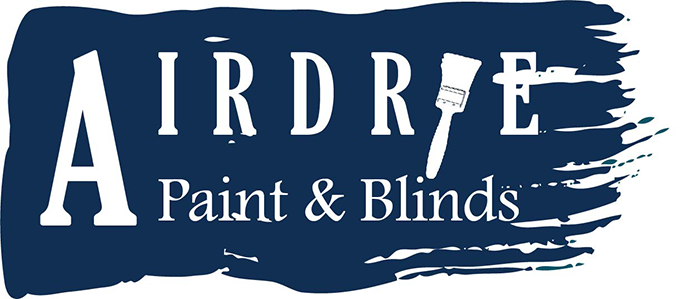Traditionally, new cedar decks would be allowed to age for close to a year, this to ensure that the grain had opened up enough to let the stain penetrate deep into the wood. New smooth cedar usually has some degree of “mill glaze” on it. This is caused by the spinning planer blades that made the board smooth. The blades create heat and polish the board, sealing the grain – mill glaze.
To test for the presence of mill glaze, simply pour a little water onto the cedar and watch what happens. If the water beads up and sits on top of the wood for the better part of an hour, you have mill glaze. If the water sheets out and obviously is being drawn into the grain of the wood, you do not have mill glaze.
If you stain over mill glaze, it will look great – until next spring when it will fail! You must get rid of the glaze, either by natural aging, sanding, or by treating with oxalic acid. Oxalic acid is the main ingredient of most deck brighteners.
If you elect to sand, do not use too fine a grit of sandpaper, as it too can cause mill glaze, especially when used on a power sander.
Behr’s 2 in 1 Deck Brightener contains oxalic acid. Flood the deck with the properly diluted solution, keeping the deck wet with the solution for at least a half hour. A vigorous scrubbing with a bristle scrub brush will aid in opening the grain. Then rinse off and let dry down.
Aging the deck is the least effort. Cedar is full of oils which will protect it naturally for a long time. It is naturally rot resistant and will not be damaged or even begin to gray in a years time. After the water test shows the mill glaze is no longer present, you can treat the deck with either an oil or water based stain.
Unlike interior stains, which only provide color, exterior decking stains provide both color and sealing protection. You do not need aa extra seal/protection coat over exterior stains.
Generally, the more pigment in a stain, the more protection, as it is the pigments which block the sun’s UV rays. All oil stains with which I am familiar, require a yearly maintenance coat. After a few maintenance coats, the color can begin to look somewhat solid or opaque. Cabot’s, Penefin, and Sikkens are three brands with which I have had good luck over the years. Cabot’s “Clear Solution” will give your deck that great look it has right after the rain has wet it, but clear oil has the least protection from the sun. Stay away from products such as Thompson’s Waterseal which is loaded with silicons. The silicon presents problems down the road, as nothing will stick to silicon, including more silicon!
The water soluble stains tend to have longer lives, but when they fail, will probably require that you strip the deck – not fun! They too require maintenance coats, but generally at longer intervals.
